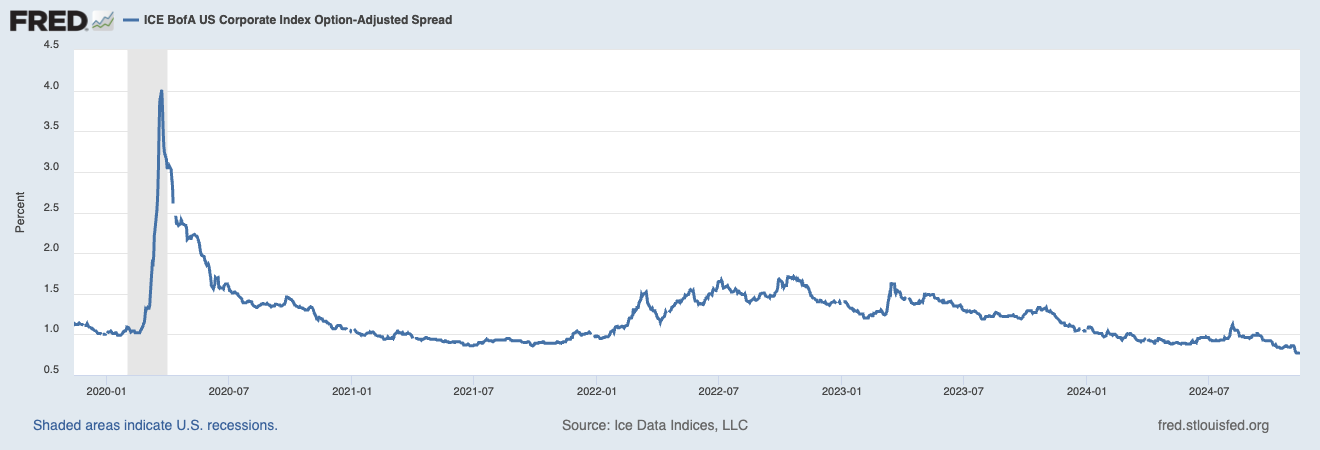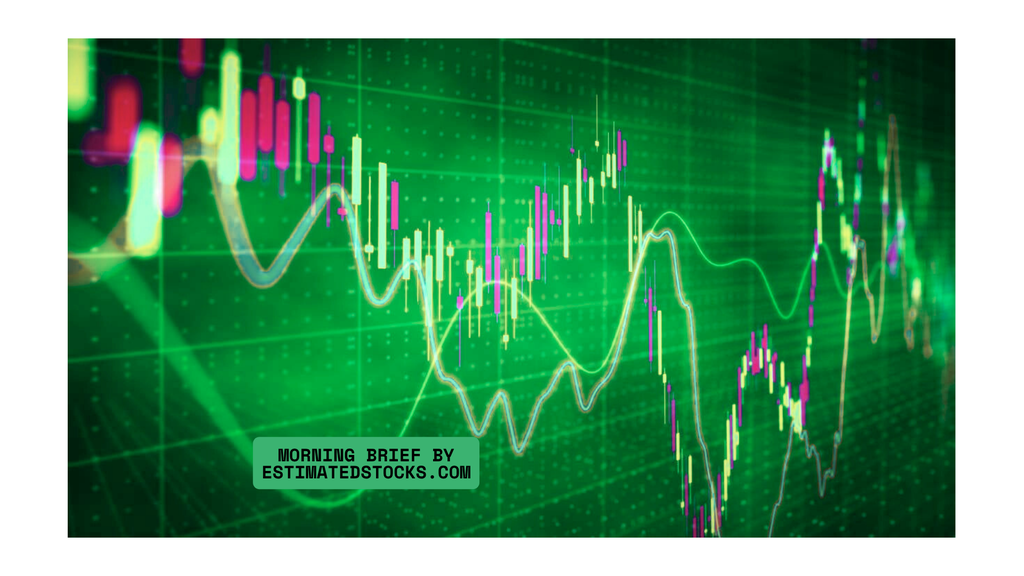
Explore US corporate bonds, market trends, risk spreads, and investment insights. Navigate opportunities and risks in today's bond market with expert analysis.
US Corporate Bonds: Analyzing Market Trends, Risks, and Opportunities
The US corporate bond market is navigating a fascinating phase characterized by narrowing spreads, shifting investor sentiments, and evolving macroeconomic dynamics. This comprehensive analysis explores the current state of the corporate bond market, implications of compressed risk spreads, and what these changes mean for investors in the broader economic context.
The State of US Corporate Bond Spreads
Narrowing Spreads: A Sign of Confidence or Risk?
Risk spreads in the US corporate bond market have dropped to levels not seen in decades. Investment-grade bond spreads—the premium paid by highly rated companies relative to government bonds—are nearing their lowest point since 1998 at 0.8 percentage points. Similarly, high-yield or “junk” bonds have compressed to a 2.6 percentage point spread, their tightest since 2007.
This narrowing suggests increased investor confidence in corporate creditworthiness, but it also raises questions about whether markets are underpricing potential risks. A tight spread indicates less compensation for credit risk, signaling that investors are willing to accept lower yields in exchange for perceived stability.
Key Drivers of Compressed Spreads
1. Elevated National Debt and Treasury Yields
The rising national debt and the US government’s extensive borrowing plans have pushed Treasury yields higher. This dynamic creates a relative advantage for corporate bonds, which appear more attractive as their yields become competitive with government securities.
2. Strong Corporate Balance Sheets
Many large corporations, such as technology giants, are sitting on significant cash reserves, reducing their need to issue debt. These robust financial positions reassure investors, further compressing risk premiums. Speculation has even arisen about whether some corporations might trade at rates below US Treasuries in the future.
3. Market Optimism in a Bubble-like Environment
The exuberance seen in equity markets is spilling over into bonds. Investor sentiment, buoyed by strong corporate earnings and high equity valuations, has created a “risk-on” environment where spreads tighten even as long-term risks loom.
4. Increased Private Credit Activity
Private credit markets are playing a growing role, offering loans to emerging companies in dynamic sectors like cloud computing and semiconductors. This activity reduces reliance on public debt markets, contributing to tight spreads.
Macroeconomic Implications
The Role of Uncertainty
While current market conditions appear stable, the financial world is often one catalyst away from significant disruption. Compressed spreads suggest a market that is pricing in optimism but may not be fully prepared for unexpected shocks.
Potential for a Valuation Reset
Several indicators, such as historically high equity valuations and low risk premiums, suggest the financial markets may be approaching a peak. A potential reset could destabilize investor confidence, leading to wider spreads and increased market volatility.
Impact of Rising Interest Rates
As the Federal Reserve continues to navigate its monetary policy, rising interest rates could challenge the current dynamic. Higher rates might widen spreads as borrowing costs for companies increase, prompting a reassessment of corporate credit risk.
Investor Sentiment and Market Risks
1. Divergence Between Bonds and Treasuries
The compression of corporate bond spreads relative to US Treasuries raises a critical question: Is this a reflection of rising confidence in corporate bonds or diminishing trust in government debt? The growing national debt and inflation concerns have led some to view corporates as safer than Treasuries, but this perspective carries inherent risks.
2. Bubble Territory and Investor Behavior
With historically low spreads and high equity valuations, the current environment bears hallmarks of a bubble. Gambling-like speculation has taken root in financial markets, making cautious investment strategies more important than ever.
3. Risk of Reversal
Historical data suggests that spreads are unlikely to compress further. Instead, an upward trend may emerge, indicating a shift toward higher compensation for credit risk. This potential reversal underscores the need for vigilance.
Outlook for the US Corporate Bond Market
Resilience in Investment-Grade Bonds
Investment-grade bonds are expected to remain a cornerstone for conservative investors. Their lower default risk and relatively stable returns provide a buffer against market volatility.
Volatility in High-Yield Bonds
High-yield or “junk” bonds may face increased turbulence in the event of an economic downturn or rising interest rates. Investors should weigh the higher yields against the heightened risk of default.
Emerging Trends in Private Credit
The growth of private credit markets offers an alternative avenue for returns, particularly in sectors with strong growth potential. However, these instruments come with their own set of risks, including lower liquidity and less transparency.
Author’s Analysis: What This Means for Investors
The US corporate bond market is at a crossroads, shaped by compressed spreads, robust corporate financials, and macroeconomic uncertainties. For investors:
- Balance Risk and Reward: While compressed spreads reflect confidence, they also signal lower compensation for risk. Diversification remains essential.
- Monitor Policy Changes: Rising interest rates and shifts in fiscal policy could disrupt the delicate balance in bond markets.
- Stay Cautious in High-Yield Bonds: These instruments offer attractive yields but come with elevated risks, particularly in a changing economic environment.
The current environment presents opportunities for disciplined investors to secure stable returns while preparing for potential market shifts. As always, prudent portfolio management is key to navigating these complex dynamics.
Note: If you're wondering how to protect and grow your wealth in these uncertain times, subscribe to the free EstimatedStocks Model Portfolio for market-beating stock picks and US corporate bond updates!
Disclaimer:
The information provided in this article is for educational purposes only and should not be construed as investment advice. estima...
Author
Shaik K is an expert in financial markets, a seasoned trader, and investor with over two decades of experience. As the CEO of a leading fintech company, he has a proven track record in financial products research and developing technology-driven solutions. His extensive knowledge of market dynamics and innovative strategies positions him at the forefront of the fintech industry, driving growth and innovation in financial services.


